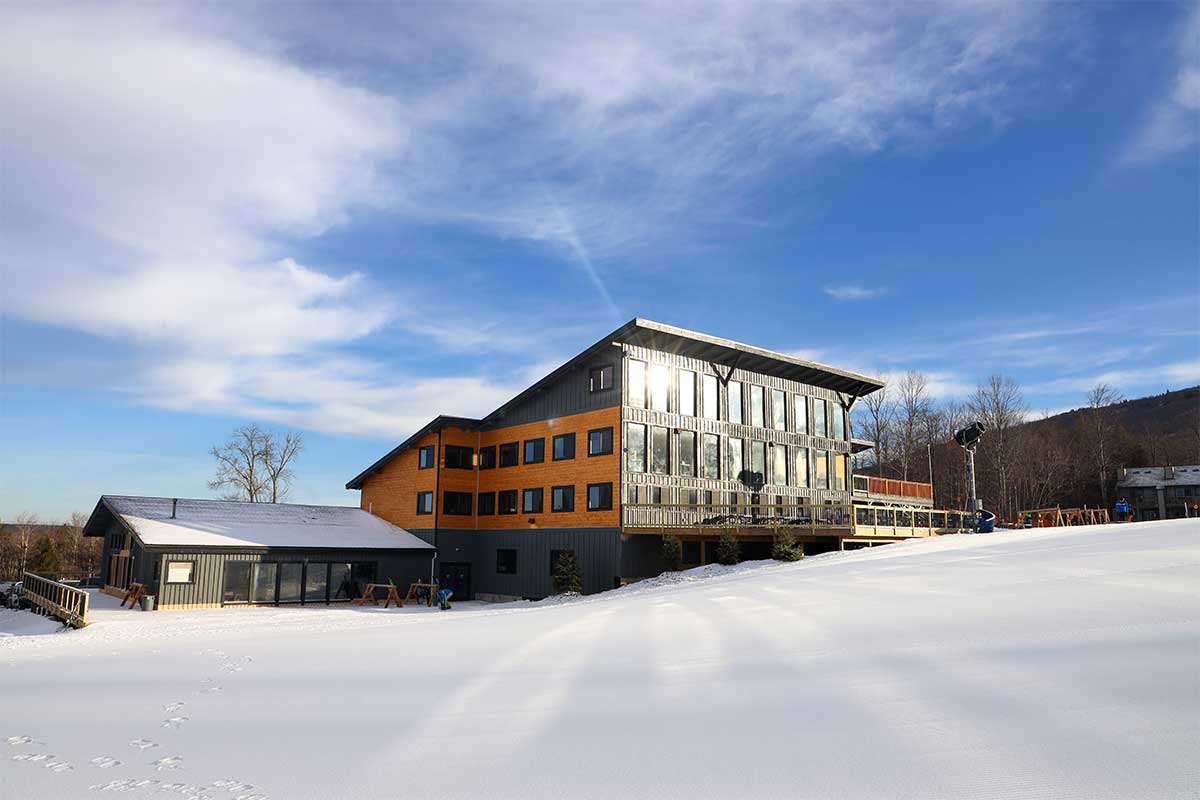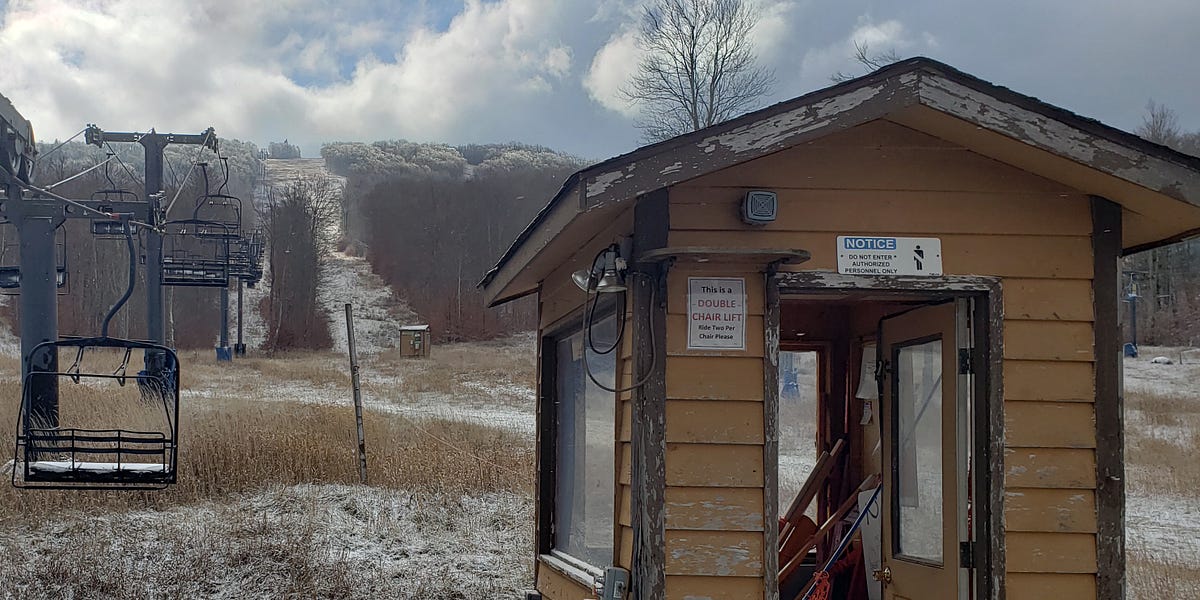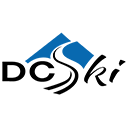For Massanutten, it was just a matter of time before the big money would be spent to improve the snowmaking infrastructure significantly. I started skiing at Mnut as the indoor/outdoor waterpark was being built. A year or two after that, two of the original lifts were replaced. Assorted major projects continued for the next decade.Interesting snowmaking has advanced significantly at Massanutten and Timberline.
As for Timberline in WV, the former owners were idiots. I went once in 2015 and was never planning on going back. By 2021 I started adding a couple days at Timberline in January as part of my first stay at Massanutten. The current owner got it cheap in late 2019 for just over $2 millon. The folks who love Timberline terrain were very happy. Timberline has become a stellar family owned/operated ski area that draws from DC, all over VA, Pittsburgh, and even NC. During late season, people drive from Ohio.
Ever heard of Perfect North? It's in southern Indiana. It's named for the family who turned farmland into a very successful ski hill based on lots of snowmaking and common sense. They used all the experience gained from developing Perfect North over 40+ years to turn Timberline around completely in the last five years. They installed new lifts, renovated and expanded the base lodge, have good food for reasonable prices, completely redid the snowmaking infrastructure, and have a unique pricing approach based on making good use of RFID for lift access.
The video shows how Perfect North started a season of snowmaking 15 years ago.
November 2010
November 2022

How One Family Resurrected a Rundown WV Ski Resort Back to its Glory
Putting in more than $15 million in capital improvements, the Perfect Family was able to completely transform Timberline Mountain.
Posted July 2023

Podcast #136: Timberline, West Virginia General Manager Tom Price
“Snowmaking, snowmaking, snowmaking”



